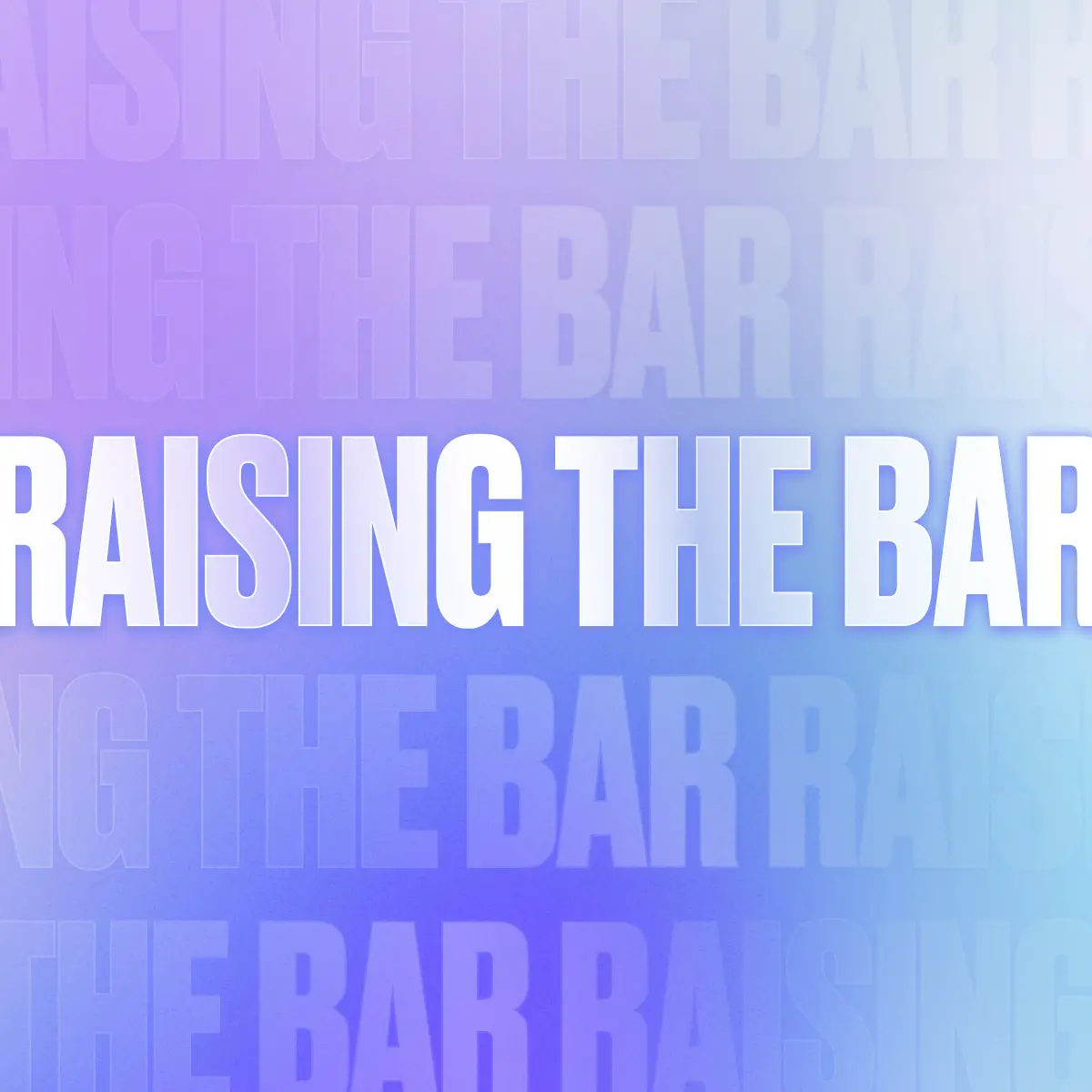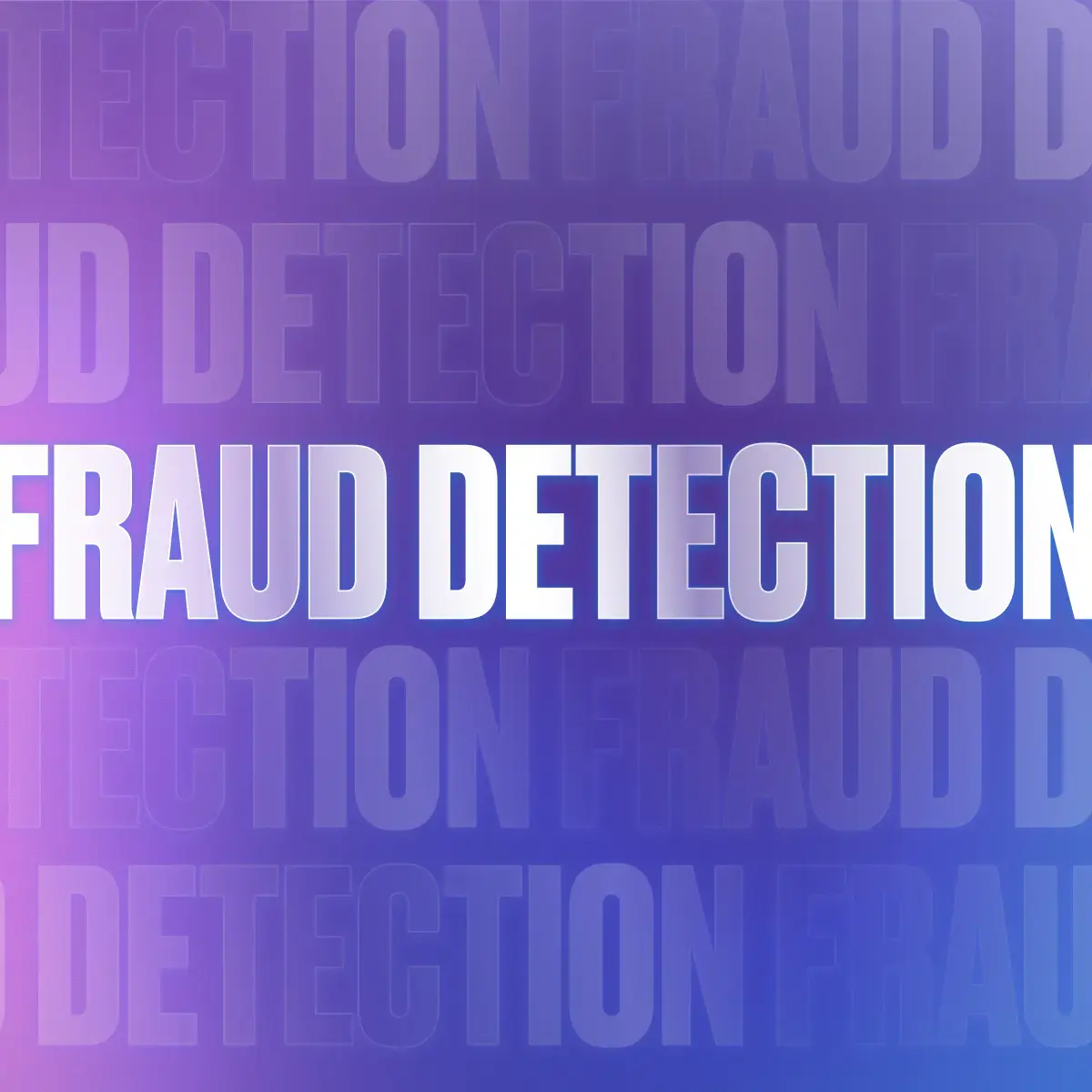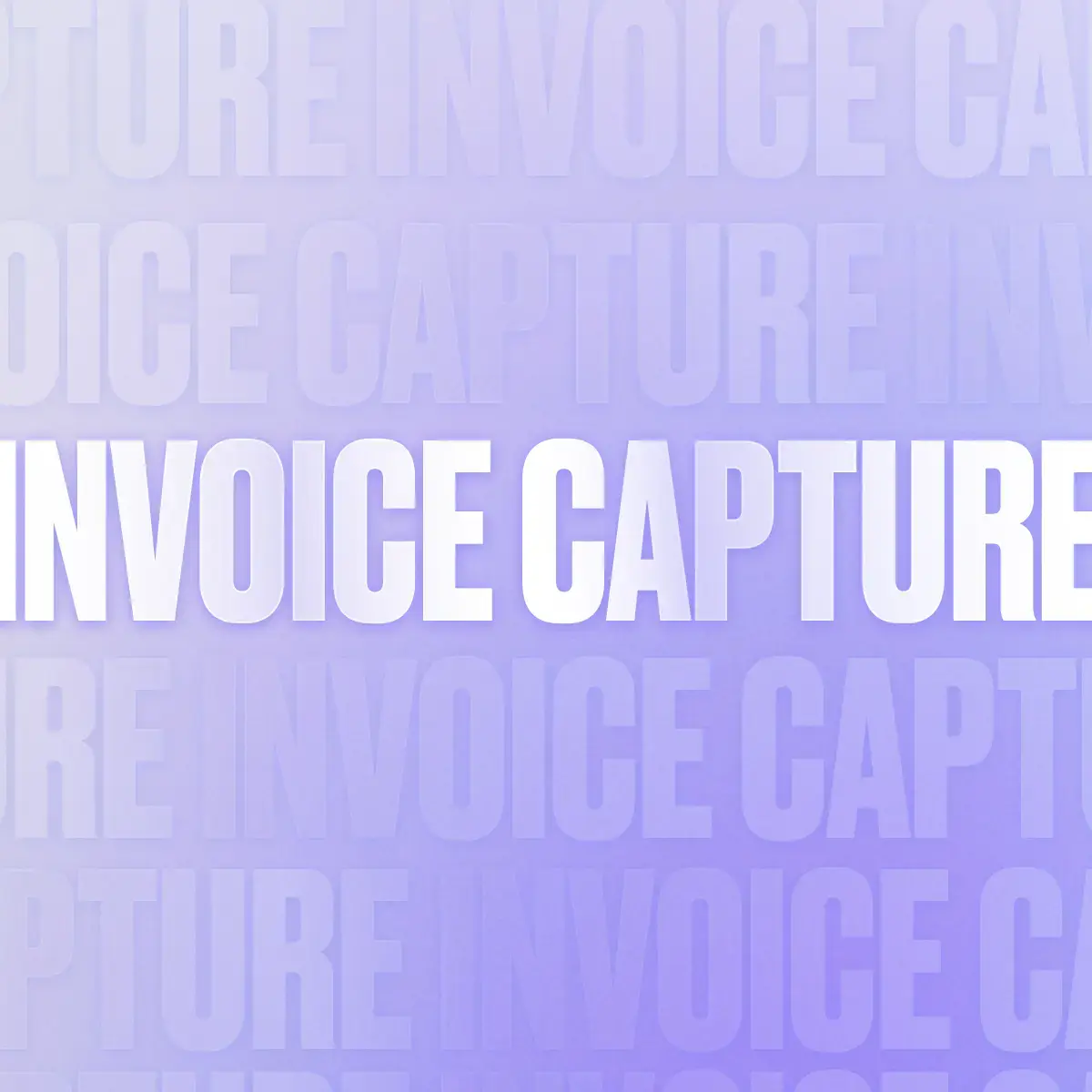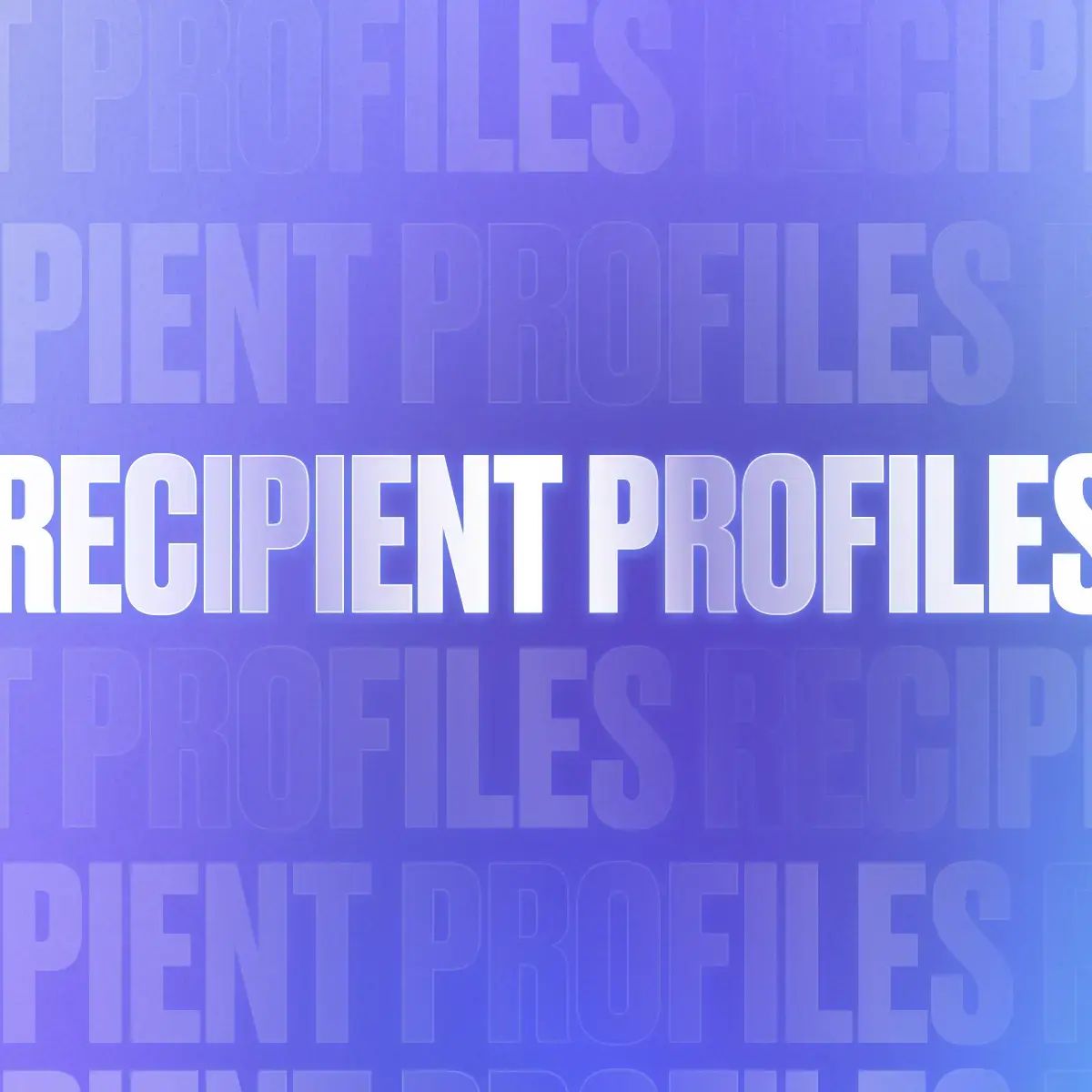Fraud in the music industry is a growing problem; companies paying royalties must have robust measures in place to protect artists’ income. Adopting a Know Your Artist (KYA) approach is a powerful step for businesses looking to limit fraud. By verifying who is being paid, flagging suspicious activities, and stopping fraudulent payouts before they happen, you can ensure that only legitimate creators get paid.
With bad actors siphoning an estimated $2 billion of royalties from artists and songwriters annually, fraud in the music industry is a major concern. Fraudsters employ a variety of tactics to exploit distributors, DSPs, and payout systems, including spreading fraudulent streams amongst mass AI-generated music, employing bot farms and account hacking, and manipulating metadata.
AI is rapidly reshaping the landscape of fraud in music—from generating entire catalogs of synthetic tracks to powering more evasive streaming manipulation—and we explored these trends in our analysis of AI-driven streaming fraud.
Streaming fraud is only one piece of the puzzle—other types of fraud, such as identity theft, rights misrepresentation, and account takeovers, pose significant threats to royalty payouts.
Yet, many music businesses lack a structured way to verify whether the artists they’re paying are legitimate. Enter Know Your Artist (KYA)—a framework designed to confirm rights holders’ identities, reduce fraud risk, and protect royalty payouts.
What we cover
What is Know Your Artist (KYA)?
KYA is a set of fraud-prevention processes that encourages and enables distributors, publishers, DSPs, and labels to confirm an artist or songwriter’s identity before paying out royalties. Similar to Know Your Customer (KYC) or Know Your Business (KYB) guidelines used in financial or commercial sectors, KYA is a framework for establishing trust and transparency in music royalties and ultimately ensuring that funds are directed to the legitimate rights holders rather than fraudulent actors.
How does KYA work?
A Know Your Artist (KYA) process protects legitimate artists’ royalties by integrating multiple verification and fraud prevention measures into payment workflows.
KYA starts at onboarding with identity verification (IDV). IDV plays a critical role in confirming that artists are who they claim to be. By pairing government-issued ID verification with live photo validation, IDV prevents impersonation and ensures that funds go to the rightful creators.
Watchlist screening is another key component of KYA. By checking every payee against global watchlists, businesses can prevent bad actors from slipping through the cracks without slowing down payouts.
Risk-based workflows enhance fraud detection by adapting security measures in real time—analyzing login activity, geolocation, IP addresses, changes in bank account details, address updates, and other behavioral indicators to detect anomalies. High-risk transactions are automatically flagged, and payouts are held for further review, ensuring that fraudulent activity is stopped before payments are made.
Why does any of this matter?
Streaming platforms and distributors already employ a range of anti-fraud strategies, such as using pattern recognition and data analysis to detect artificial streaming activity and penalizing it by removing tracks and even entire artist accounts. These efforts are vital, but sometimes, they’re just not enough—as evidenced by the $2 billion in royalties lost to fraud in 2024. No matter how clean the streaming system is, if the payments are being directed to a bad actor, all that work is for naught. Payout platforms serve as the final checkpoint, ensuring that royalties reach the rightful recipients rather than fraudulent entities.
For artists, KYA is essential to ensuring that they receive their rightful earnings. KYA provides this essential layer of protection, validating both rightsholders and payment accounts to maintain the integrity of the entire royalty distribution process.
For businesses, KYA reduces financial, reputational, and compliance risks. Beyond individual losses, fraud prevention is now a financial imperative for distributors and labels. Spotify has introduced penalties, fining labels distributors per track when “flagrant artificial streaming” is detected—reportedly 10 euros per track. Additionally, businesses that facilitate fraudulent transactions—intentionally or not—risk regulatory scrutiny, lawsuits, and damage to their reputation. Implementing robust KYA processes allows companies to maintain compliance with industry regulations, protect their bottom line, and build trust with artists and partners.
This is where KYA can complement the status quo. By adding an upfront identity verification layer and ongoing account-level risk monitoring, KYA can catch or deter fraud that pure data analytics might miss.
KYA ensures that existing efforts to combat fraud in streaming aren’t bypassed by identity theft, rights misrepresentation, or account takeovers. By verifying identities and monitoring payment destinations, KYA reinforces the integrity of royalty payouts and prevents fraudulent actors from undermining the system. This doesn’t replace the need for the anti-fraud measures DSPs, distributors, and labels currently have in place, but it adds a necessary last line of defense.
Want more proof? Let’s contextualize all of this with a case study.
Case study: How KYA could have prevented $10M in fraudulent royalty payouts
In 2024, Michael Smith, a 52-year-old resident of North Carolina, was apprehended after an extensive investigation by the FBI for orchestrating a massive seven-year-long music fraud operation that defrauded rights holders of over $10 million in royalties—marking the first criminal prosecution of its kind in the U.S. Smith is formally charged with wire fraud, wire fraud conspiracy, and money laundering conspiracy.
AI-generated tracks and bot-driven streaming manipulation
From approximately 2017 to early 2024, Smith and his co-conspirators used AI to create a massive catalog of fake songs, releasing them under fabricated artist names. To generate revenue, he employed bot networks that streamed these tracks in high volumes. At its peak, his operation used over 1,000 bot accounts, earning approximately $3,300 per day—totaling over $1.2 million per year.
To avoid detection, Smith distributed streams across thousands of tracks and accounts, preventing any single song from appearing suspicious. Internal emails show Smith explicitly recognized this strategy: “We need to get a TON of songs fast to make this work around the anti-fraud policies these guys are all using now,” he wrote in late 2018.
By using VPNs to route the bots’ traffic through different IP addresses and locations, he made the automated streams look geographically distributed and more like real user behavior.
These evasive measures helped the scheme run for years undetected or under the radar. (In fact, Smith was flagged by at least one music distribution company in 2018 for suspicious streaming, but he denied any wrongdoing, insisting: “This is absolutely wrong and crazy! … There is absolutely no fraud going on whatsoever!”)
Ultimately, however, the scale and brazenness of the scheme drew law enforcement’s attention—but only after millions of dollars in fraudulent royalties had already been paid out.
How could KYA have stopped this fraud?
Had KYA measures been in place, this fraudulent scheme could have been disrupted at multiple points.
First, identity verification (IDV) checks would have prevented Smith from creating fake artist profiles by requiring government-issued ID and live photo validation. Requiring verified identities and tying payouts to real individuals could have prevented one person from masquerading as dozens of fictitious artists.
Even if he attempted to use stolen or synthetic identities, thorough document verification and checks against fraud databases might have flagged anomalies. For example, Taxpayer Identification Number (TIN) validation would have added another layer of security, ensuring that the payee’s tax information matches a legitimate individual of the same name.
A music distributor or platform using KYA would require an artist or songwriter to prove their identity with IDV when creating an account, and would automatically screen for red flags such as matching a known user, banned or not, or being on a fraud watchlist.
Adaptive risk-based workflows ensure that if an account is deemed high-risk, payouts will be held for manual review. This risk-based enforcement ensures that suspicious actors face more hurdles, while legitimate creators have a seamless experience.
In essence, KYA adds a strong proactive barrier, stopping fraudulent actors at the onboarding or pre-payout stage and ensuring that they never see a dollar.
As streaming fraud continues to evolve, implementing KYA is no longer optional—it’s a necessity for ensuring that legitimate artists get paid, fraudsters are stopped, and the integrity of the music industry is preserved.
Fight music fraud with Trolley
Fraudsters are getting more sophisticated, but Know Your Artist (KYA) verification is one key to stopping fraudulent payouts before they happen. Trolley helps music businesses protect their royalty distributions with secure ID verification, watchlist screening, and risk-based workflows—ensuring funds are paid only to the verified rights holders.
With Trolley’s end-to-end platform, you can:
✅ Verify artist identities through automated verification of documentation against 11,000+ official government ID templates from more than 200 countries, live photo validation, and TIN validation.
✅ Screen every payee against global watchlists to prevent payouts to bad actors.
✅ Reduce risk with customized workflows based on Trolley-assigned risk scores for every recipient.
✅ Streamline global payouts to 210+ countries while ensuring that real artists get their due, and bad actors never see a payout.
The result? Secure, seamless royalty payments that protect your business, artists, and reputation from fraudulent activity.
Want to reinforce your royalty payout process with the industry’s strongest KYA toolset?
Leading music companies like SoundCloud, United Masters, CD Baby, Soundrop, and more trust Trolley to pay over 1.5 million musicians worldwide. Learn how Trolley can help you transform your royalty payouts and stay ahead of fraud—get in touch today.







